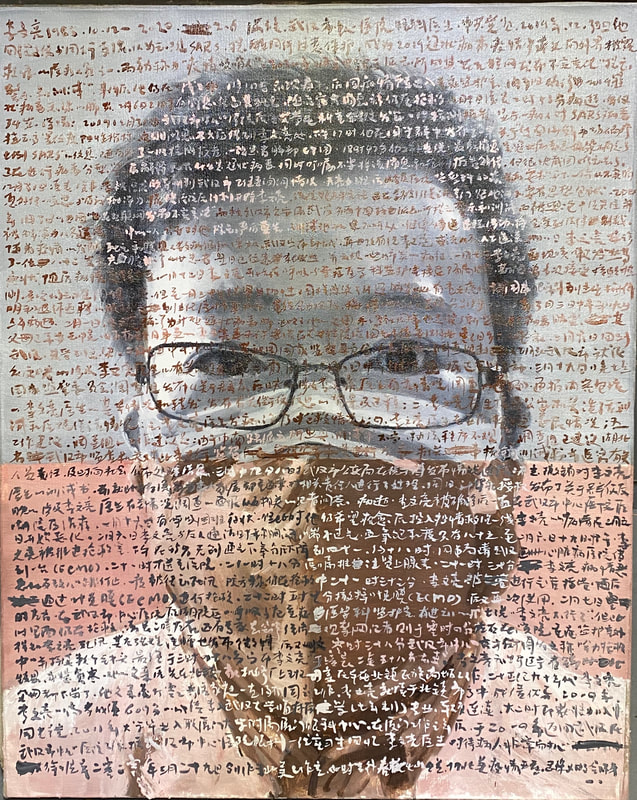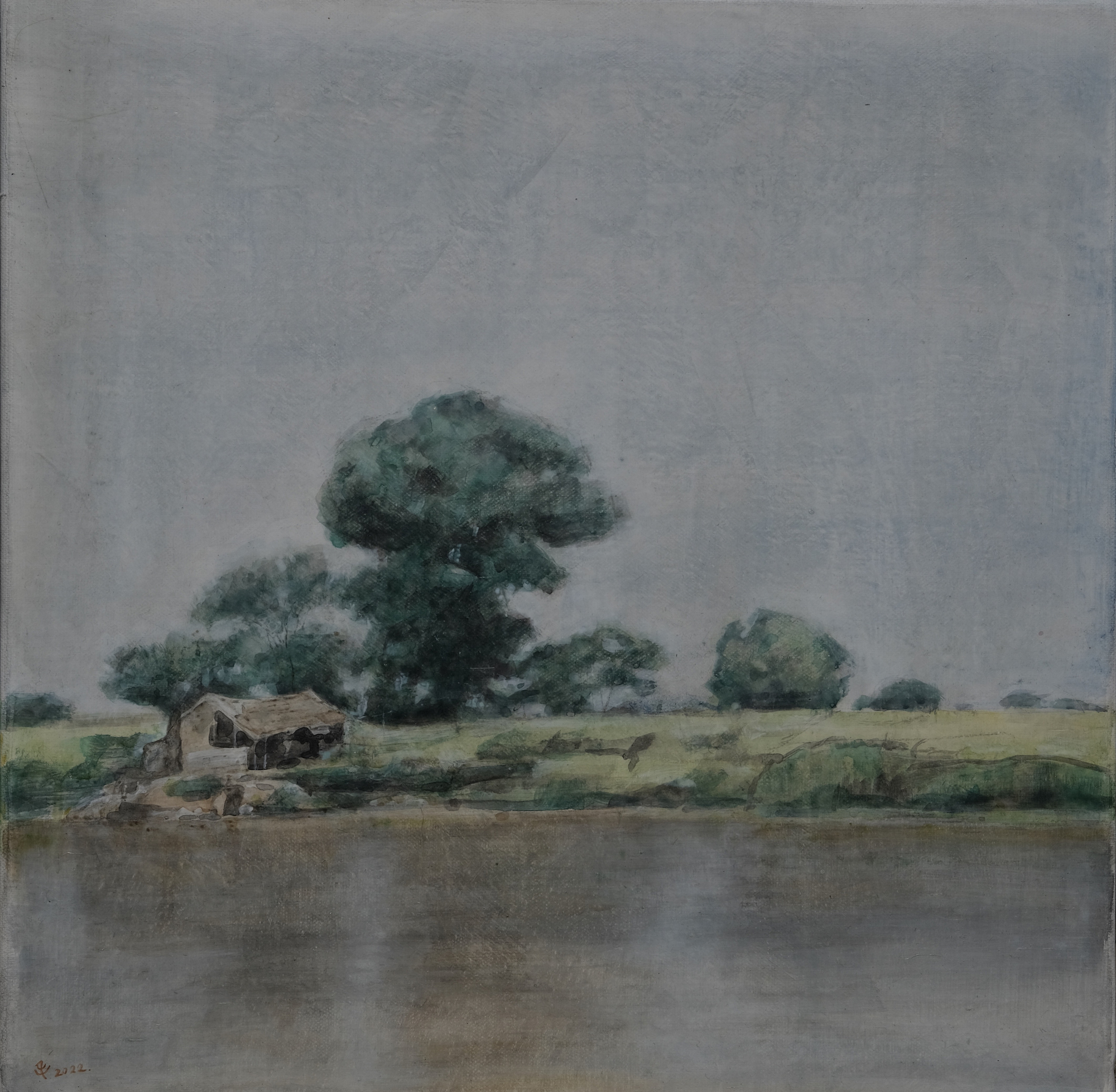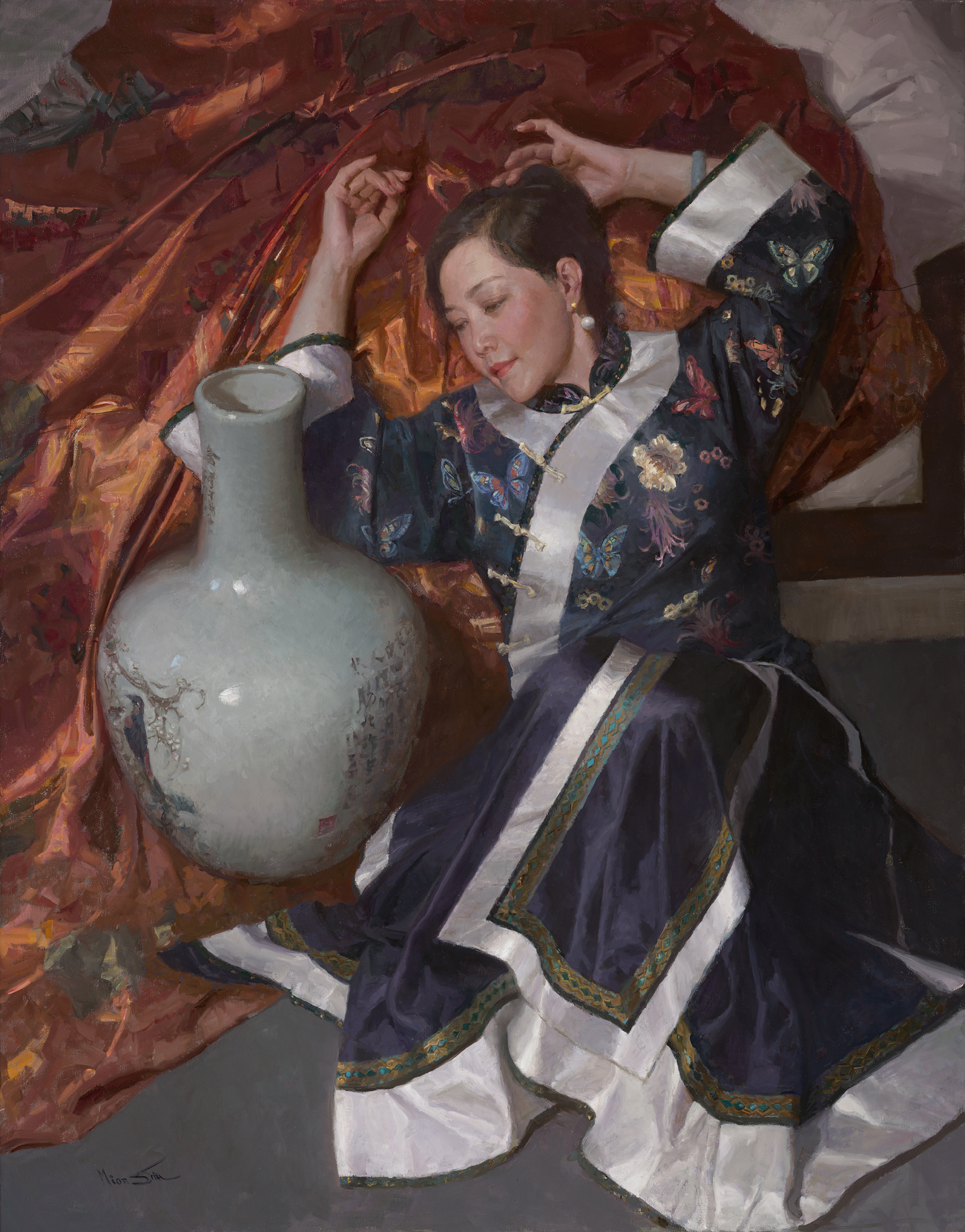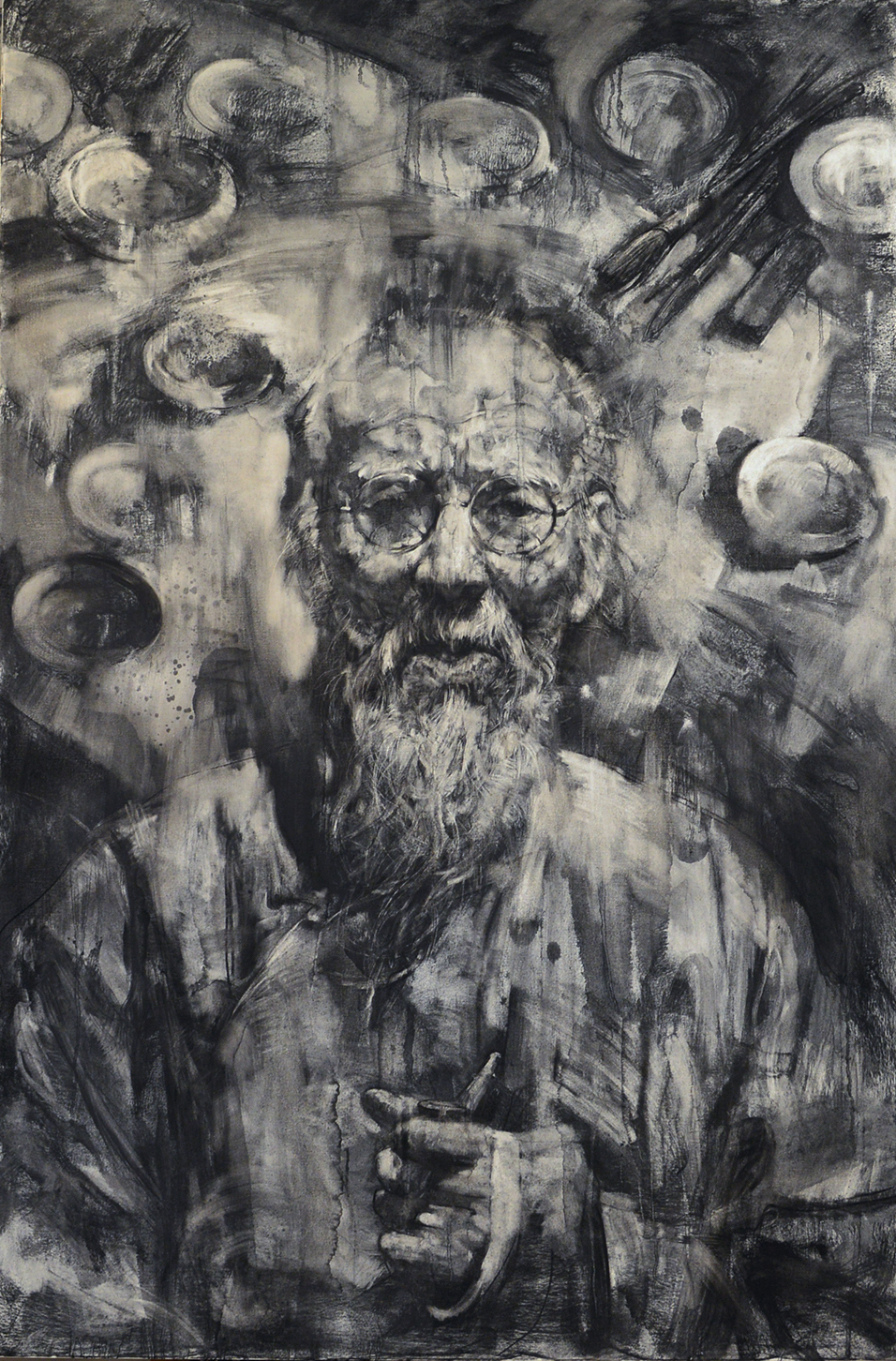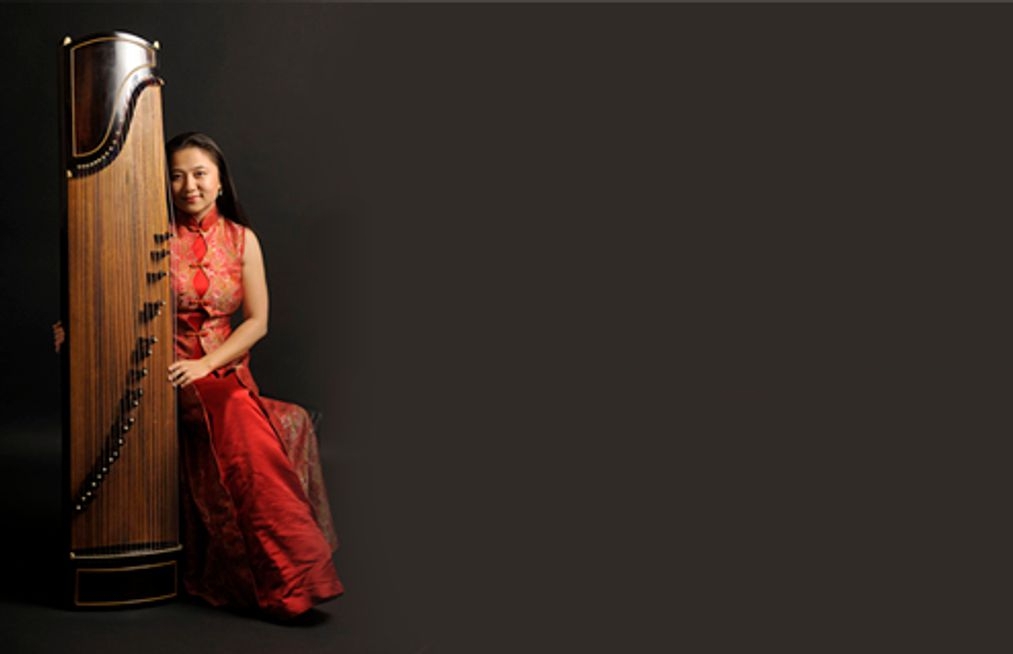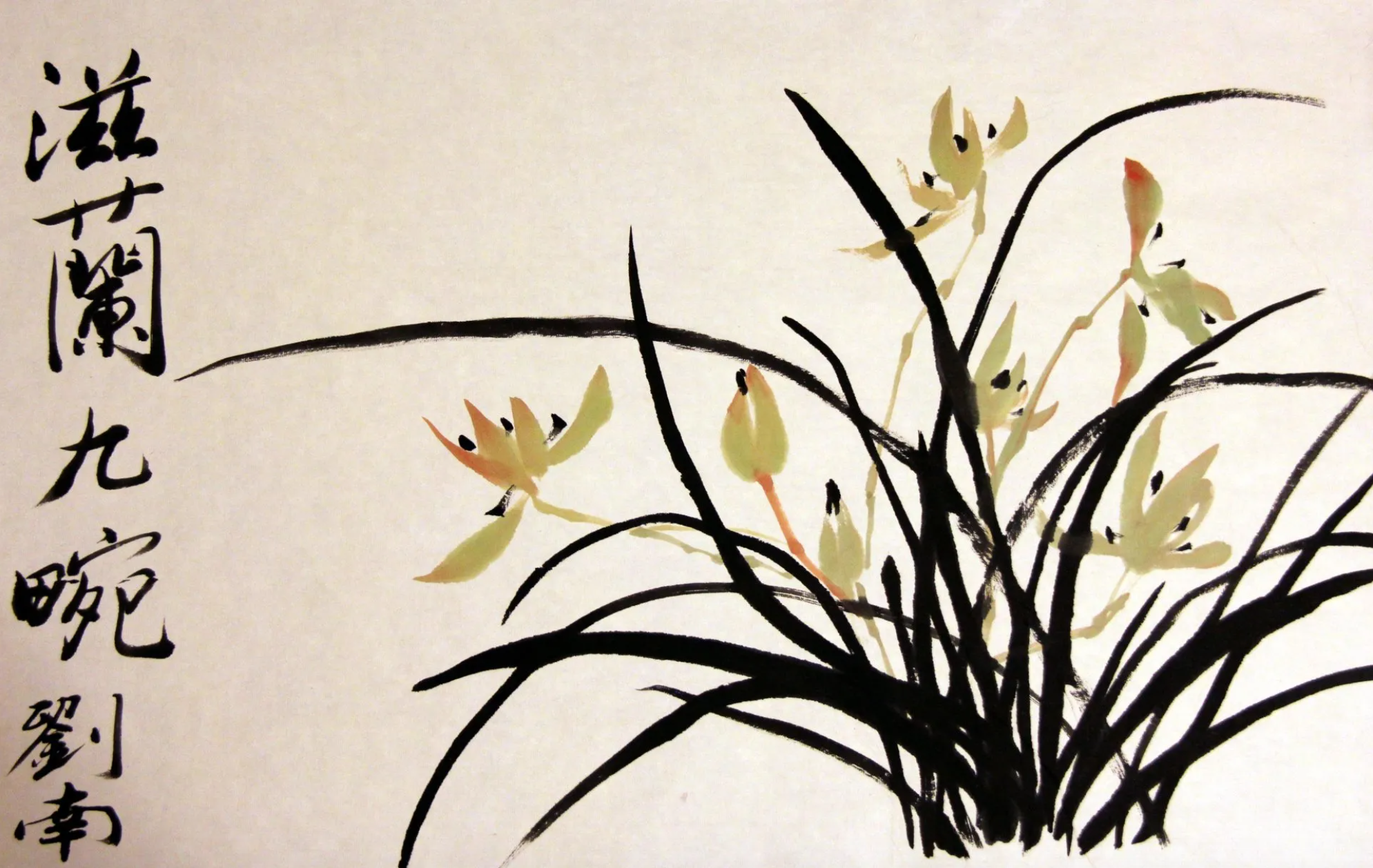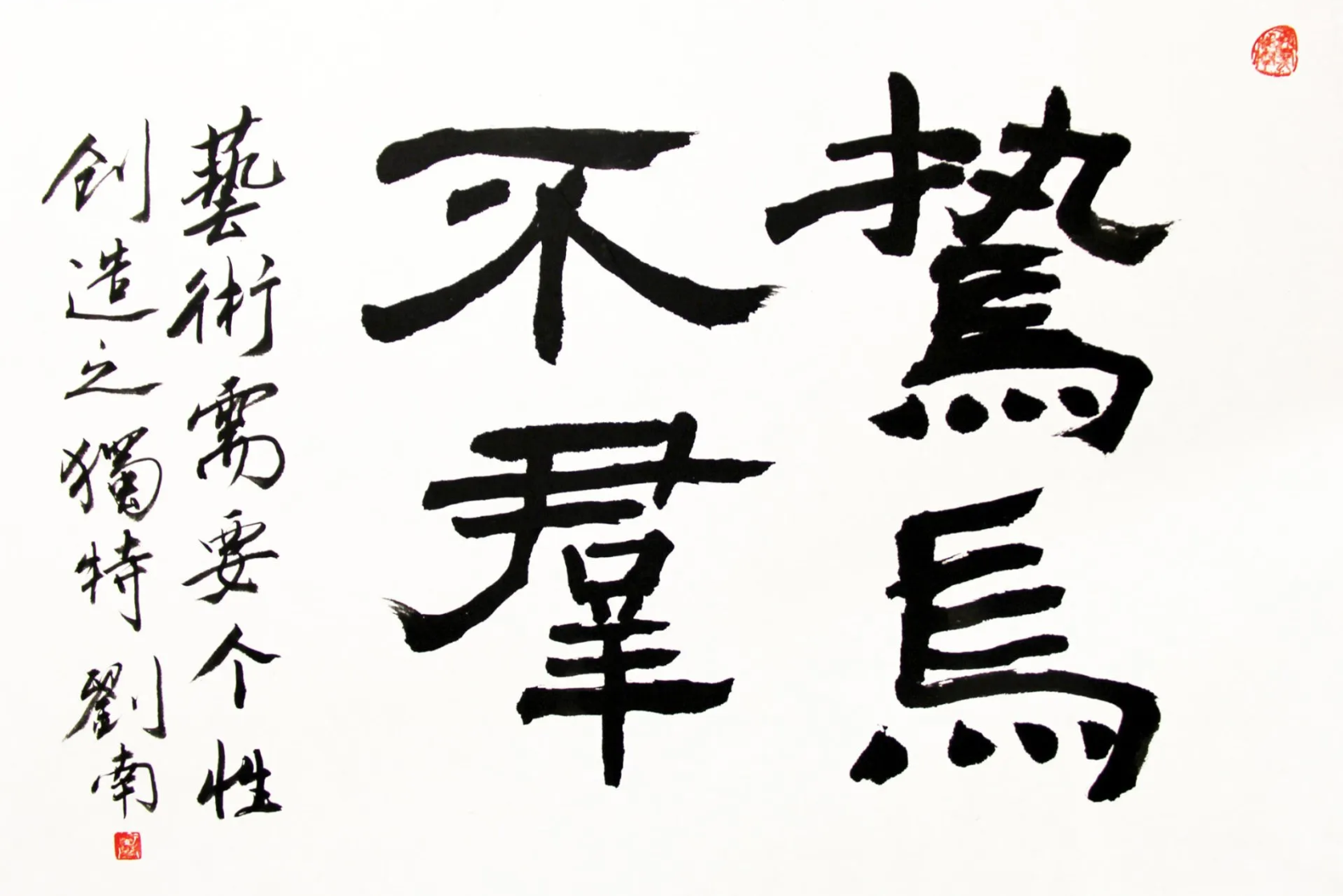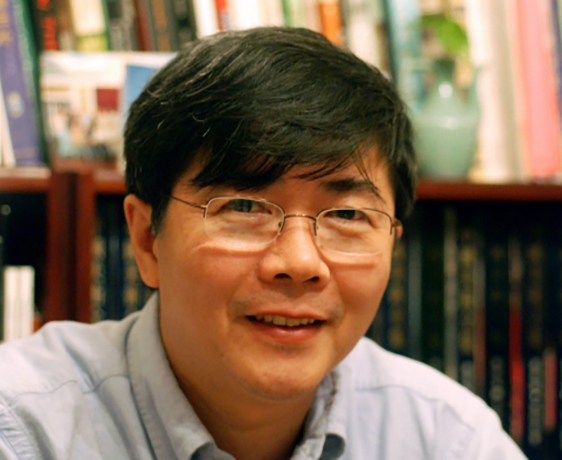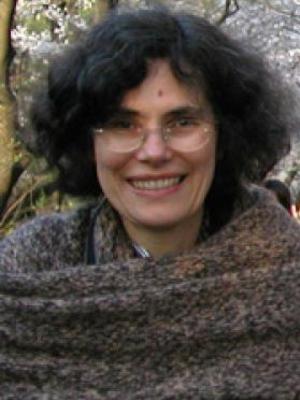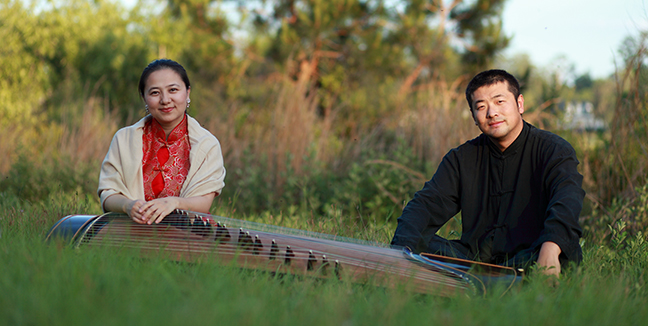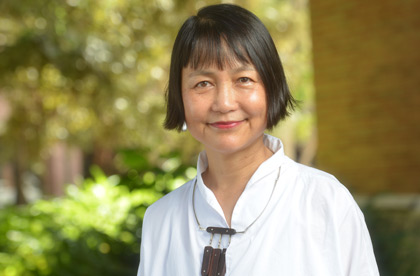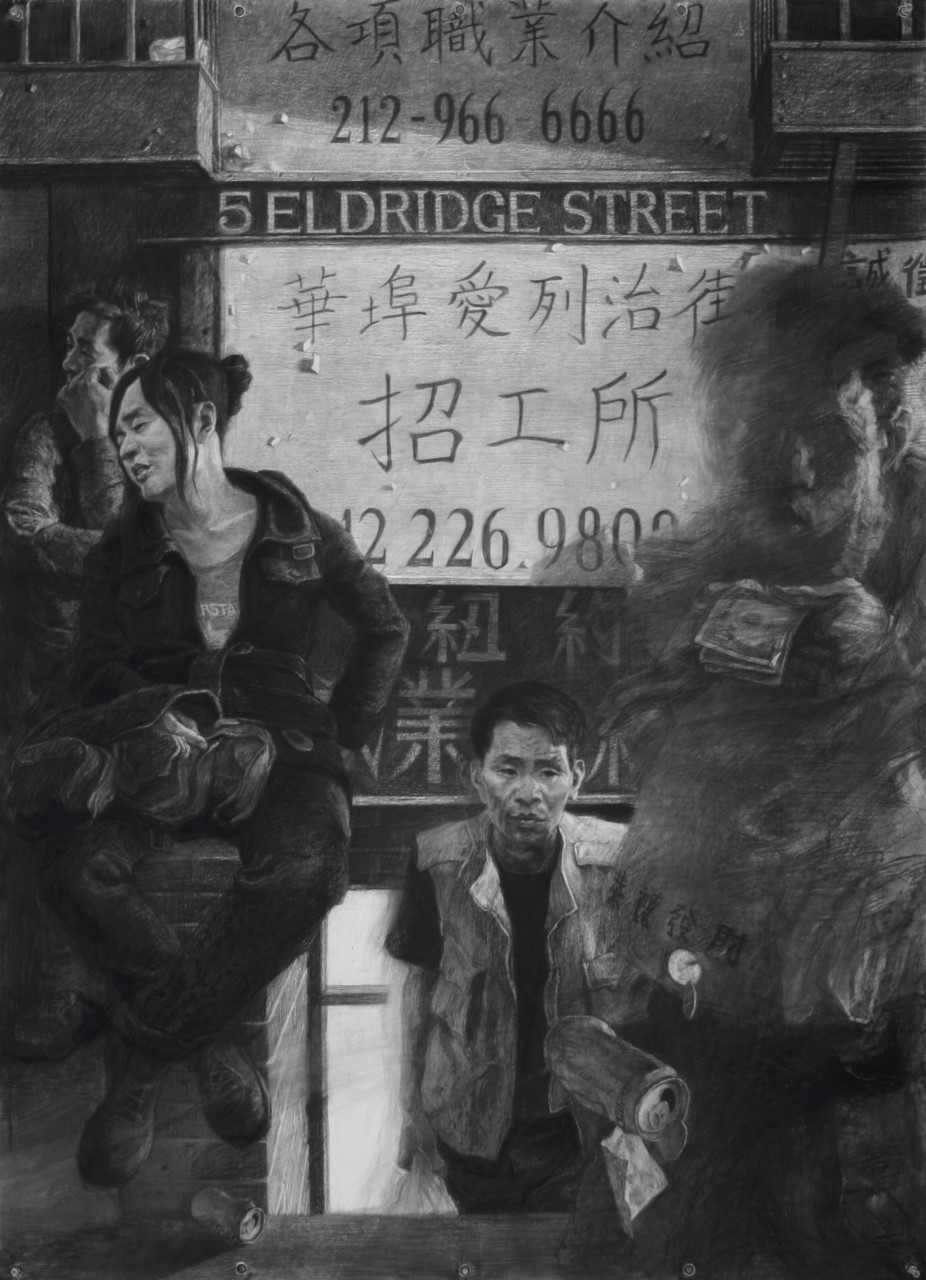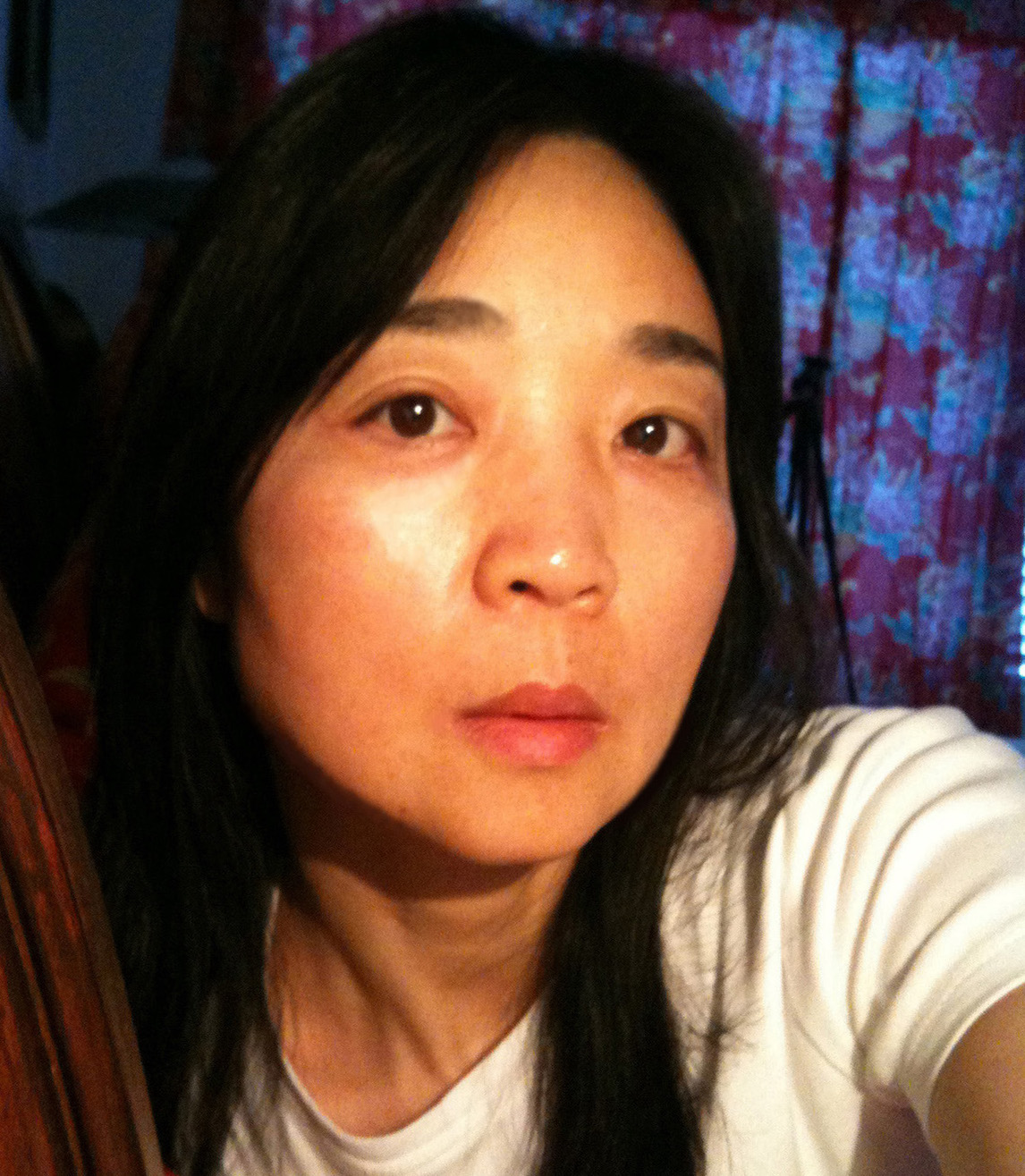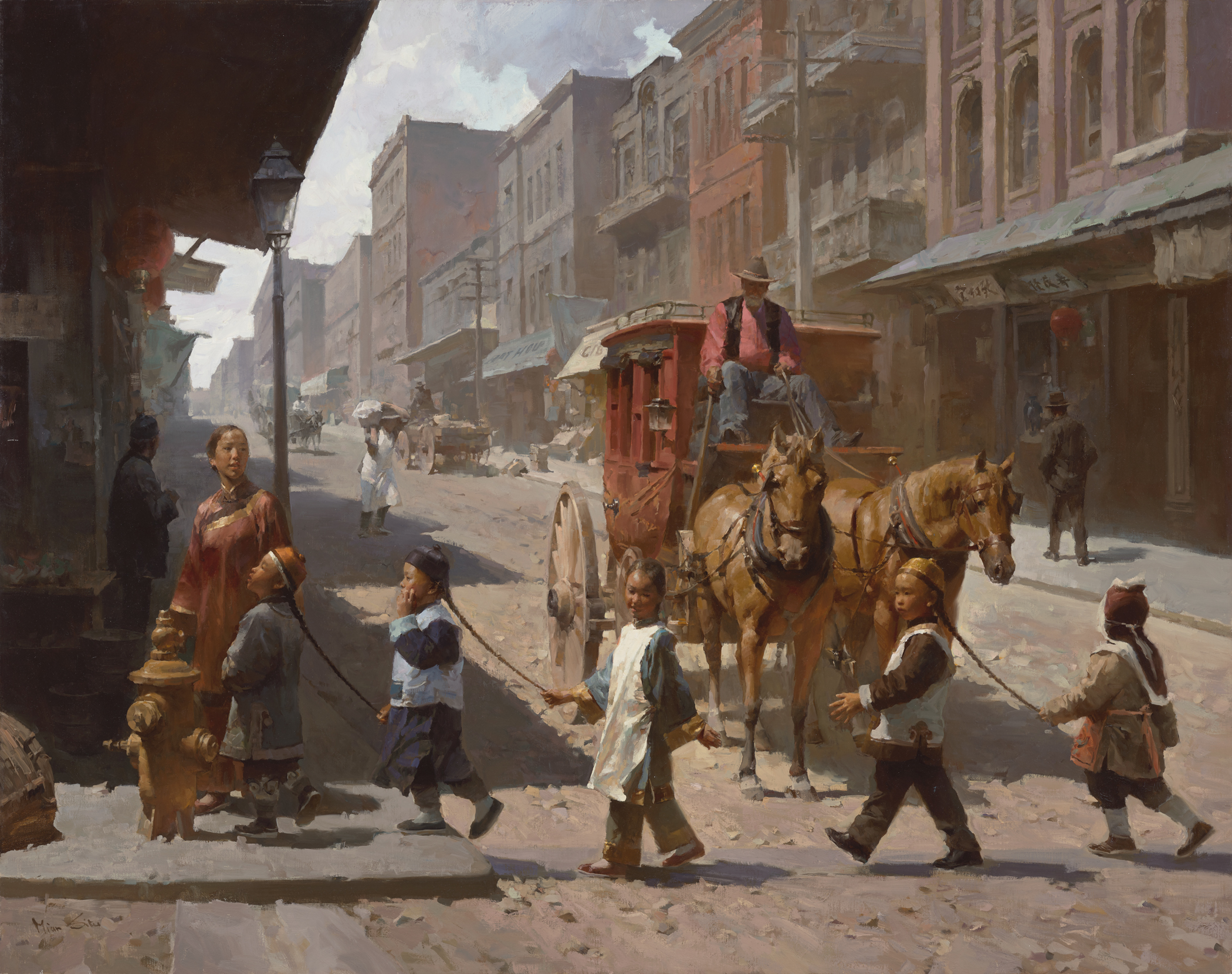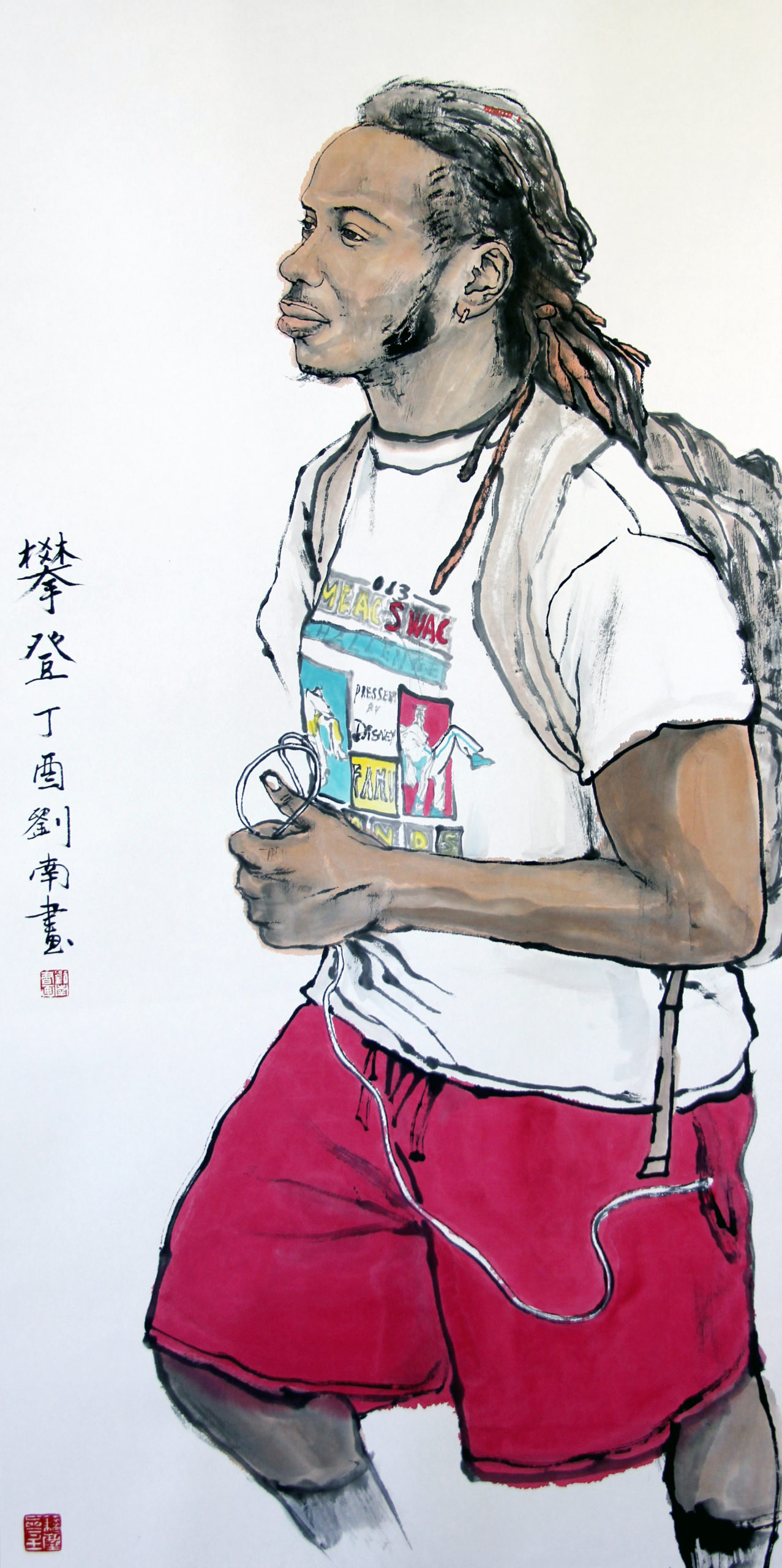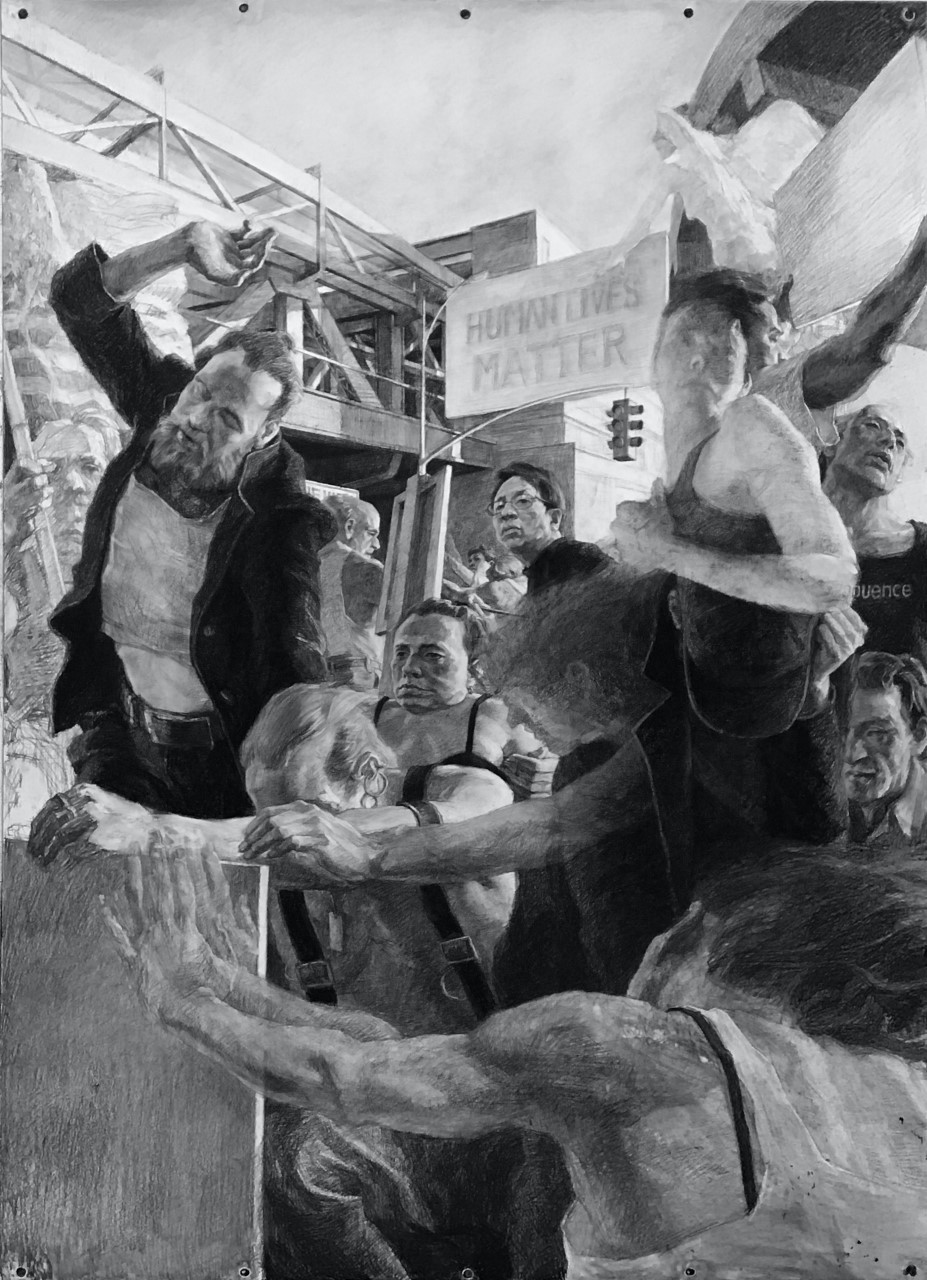
Echoes of Nature
Works by Contemporary Chinese Artists
Curated by Dr. Aihua Z. Pearce
June 4 – July 30, 2022
Echoes of Nature: Works by Contemporary Chinese Artists
Introduction by Dr. Aihua Z. Pearce
Chinese figurative and landscape art has a long tradition, especially in ink painting, sculpture, and ceramics. During the twentieth century, oil painting, watercolor and new drawing media were introduced, enabling a unique fusion of Western artistic technique and Chinese cultural themes. Today, many Chinese artists are influenced by Western studio practice, adapting its rich tradition of theory and artistic principles to shape new styles that blend classical and contemporary elements.
Twenty-first century Chinese figurative and landscape art is not merely a veneration of physical form and skillful performance, though artists are rightly appreciative of them. Objects with aesthetic appeal are not only beautiful in and of themselves; they must also aspire to lift up the consciousness of their audience, a goal which can take many forms depending on the creativity and sensitivity of the artists. Works by Contemporary Chinese Artists offers examples of works which successfully combine these aspects of the experience of art.
The purpose of this exhibition and residencies is to exemplify the integration of Chinese culture and Western art, to show how Chinese artists work within cross-cultural contexts, and to show how artists are influenced by the cultures they inhabit. The exhibit provides a cultural platform for audiences to experience contemporary Chinese art – instead of relying on stereotypical preconceptions it gives viewers a fresh idea of what is really happening in Chinese painting today.
The participants are exceptional artists from China and the United States. Many were trained at Chinese art universities and were successful academic painters. Most importantly, these artists transform academic work into a new form of contemporary art: one which exhibits sophisticated artistic technique while engaging our contemporary cultural context with historical perspective.
Chinese figurative and landscape paintings are hugely varied. It is impossible to summarize the full range of works of contemporary Chinese artists in one exhibit, so the show is focused specifically on four new modern styles:
First is a new style of figurative realist painting by well-known artists such as Xu Weixin and Victor Wang. Xu Weixin lives and works in both China and America. His work blends contemporary elements with traditional style. In his paintings we see themes from the cultural transformation that is taking place in China, particularly in his proletarian portraits of dark-faced workers who risk their lives mining coal. Victor Wang, a popular artist, uses color to create movement and action rather than more static images of the figures in most traditional paintings. His thick, richly colored paintings take the viewers into a mystical distance.
Second is a new style of landscape paintings by artists living in both California and Beijing, such as Mao Qingyun from Beijing’s August First Film Studio. After painting the pastoral scenery of the South of the Yangtze River for many years, Mao Qingyun combines Western oil painting techniques with traditional Chinese shanshui (山水画, landscape painting), and uses tempera to create new landscapes painting with the theme of Gubeikou scenery.
Third is new style of historical painting exemplified by California painter Mian Situ, who uses skillful realism to depict the struggles of early Chinese immigrants in America. His works reflect China’s history and traditional culture, while also providing viewers with a powerful sense of the pioneering spirit of the Chinese men who came to America.
Fourth is a new style of socially engaged work by educators such as Dr. Nan Liu from Florida and California professor Yu Ji. Dr. Liu is interested in painting the lives of students on his university campus during the pandemic. Professor Ji focuses on social issues using pencils as a tool to capture how Chinese men live in today’s America.
In addition to experiencing cutting-edge art forms by artists from afar, the audience will also encounter excellent works by exciting artists based in Ventura. They incorporate their artistic experiences and knowledge of artistic principles into new styles, blending local and global elements to create their own voices. The artistic forms of their works are diverse, ranging from origami to conceptual art, and from traditional ink painting to silk painting, which fully reflects their passionate pursuit of beauty in art.
The event offers remarkable opportunities for international and American audiences to experience and enjoy superb examples of twenty-first century Chinese Art. It strengthens the participating artists’ relationships with the American community and is a platform for celebrating art during the Chinese Festival of Culture in the city of Camarillo.

